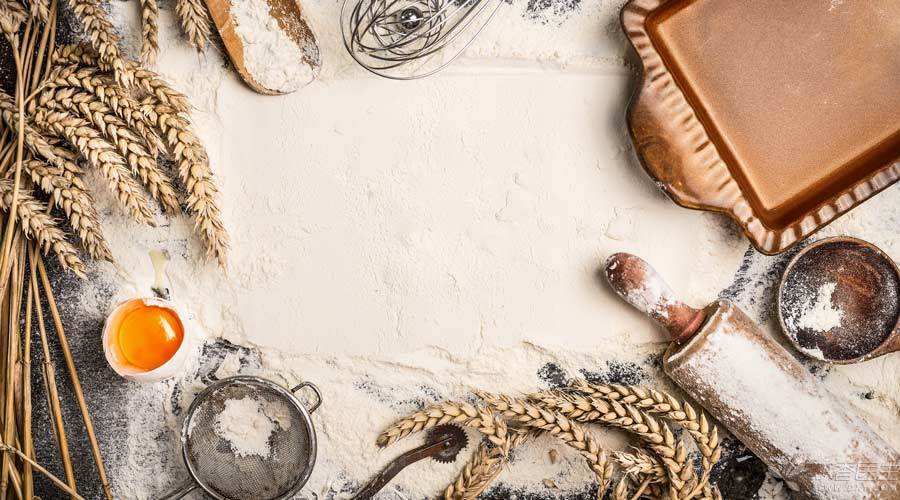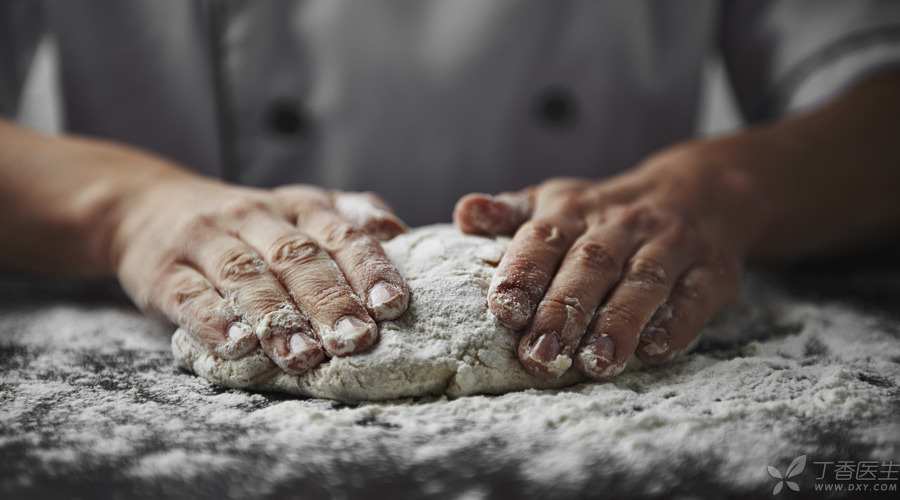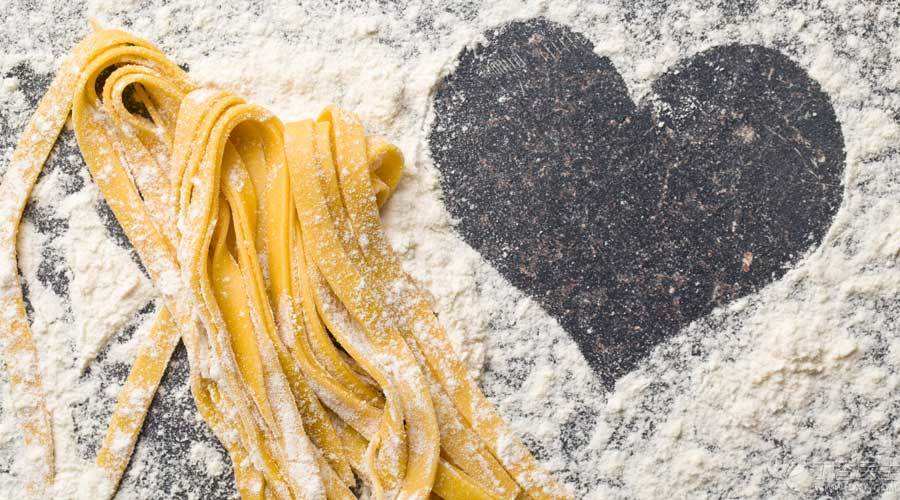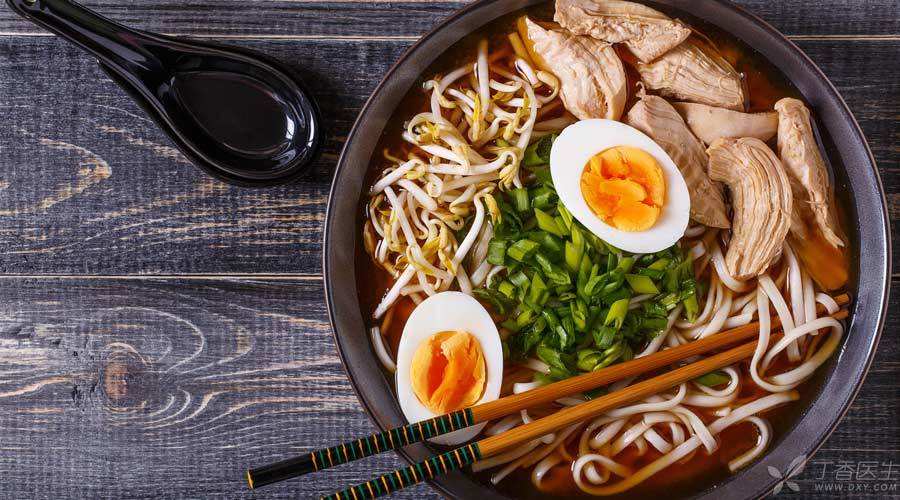
If you break your hands, you won’t have enough tendons. If you break your noodles, you will break them.
Is there what Black Technology in other people’s homes?
The main reason for noodle gluten is [gluten protein]. However, there are some secret recipes that can manipulate gluten protein in flour to make noodles grow longer than before.
Dr. Clove will come to talk to you about noodles.
Why is the difference between pasta so big?
Flour is an important food ration for people all over the world, and it is also the most varied ingredient for people to eat. There may be hundreds of thousands of different kinds of pasta, and the taste is different.
Gluten protein is the key to the ever-changing pasta.
There are mainly two kinds of proteins in flour: [glutenin] and [gliadin]. As they are kneaded during dough kneading, they will meet each other and pull up their small hands (forming disulfide bonds) to become organized and disciplined network [gluten protein].
There are two factors that determine how long a noodle can last:
① Gluten protein content
High-gluten flour has more gluten protein, and of course it is easy to form a tight network. However, low-gluten flour has less content, and the network formed is relatively sparse. Use low-gluten flour for cake to make noodles, and you may get a pot of paste soup.
(2) Gluten protein [quality]
Glutenin is not one, but a group of brothers of different sizes. The bigger the size, the stronger the ability to form a network. Therefore, even flour with the same protein content will make noodles with different tastes.

How to make gluten protein more united?
Gluten proteins, like other proteins, are weak-willed and vulnerable to environmental influences. As long as the surrounding pH value, salinity, temperature, etc. change, they will give up themselves and join hands with their small partners.
At ordinary times, the most common method is to raise the pH value (increase alkalinity), such as using [trona water] such as lake water or spring water to make dough. Many people think that peasant noodles and steamed buns are better to eat, which may not be an illusion.
Fall in love with a noodle, but there is no lake at home?
It doesn’t matter, add some potassium carbonate and sodium carbonate. The noodles made in this way can also be strong enough and have unique light yellow and [alkaline noodle flavor].
However, don’t add too much alkali, otherwise the gluten protein will become a ball, which is not a muscle but a [die hard].

Ashes, the Wisdom of Ancestors
In authentic Lamian Noodles, there is a magical substance: bitter fleabane ash. Without it, no matter how good the master’s craft is, it is difficult to pull out slender and sinewy noodles.
To say magic, in fact, bitter bitter bitter bitter bitter bitter bitter bitter bitter bitter bitter bitter bitter bitter bitter bitter bitter bitter bitter bitter bitter bitter bitter bitter bitter bitter bitter bitter bitter bitter bitter bitter bitter bitter bitter bitter bitter bitter bitter bitter bitter bitter bitter bitter bitter bitter bitter bitter bitter bitter bitter bitter bitter bitter bitter bitter bitter bitter bitter bitter bitter bitter
The first thought of adding straw ash to flour was really clever.
However, although Lamian Noodles is only [authentic] with Peng Hui, the problem of Peng Hui cannot be ignored:
- It is not conducive to large-scale production. It is a waste of natural resources to plant a large number of canopy grass to burn and produce canopy ash. The quality is uncontrollable. Natural plants may contain toxic elements such as arsenic. Although Peng ash is not used in Lamian Noodles in large quantities, toxic substances such as arsenic will not reach the point of being harmful. However, it is one of the sources of arsenic in diet after all. People will hope [avoid if they can avoid] such completely harmful and useless substances.

High-tech noodle-making agent
Apart from adding alkali and bitter fleabane ash, is there any other way to increase the elasticity of dough?
Yes, and more than one, the effect is even better.
- More sinewy. The key to gluten holding hands is to form more disulfide bonds, which can be achieved by using [oxidants], such as potassium iodate. More softer. Reducing agents can be added to prevent gluten holding hands, such as glutathione.
Ascorbic acid (vitamin C) is also very effective. Although it can [resist oxidation], it has an oxidizing effect in dough, making dough more stringy.
There is a powerful enzyme called glutamine transferase, which can pull glutamine and lysine in any protein together and force them to hold hands. And this [strong twisted link] is also very strong.
If you want to make gluten noodles, Dr. Clove suggests that you might as well add some alkali or vitamin C to make noodles next time.
